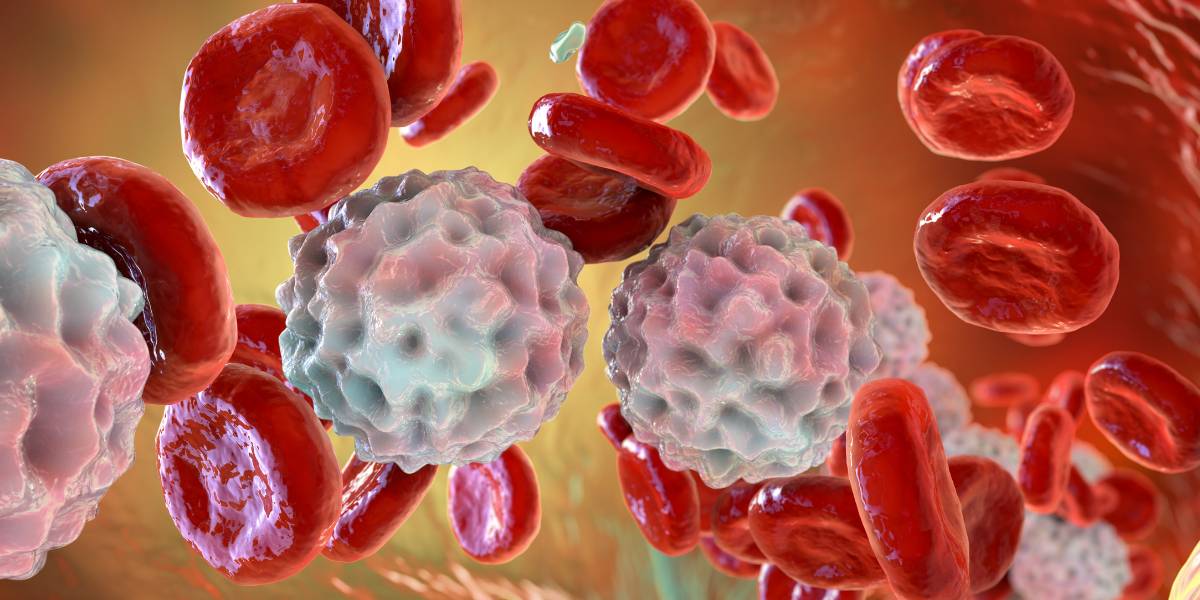Diabetic stiff hand syndromen, also known as diabetic cheiroarthropathy, is a disorder in which finger movement becomes limited as the hands become waxy and thickened.
Both people with type 1 diabetes and type 2 diabetes can be affected by diabetic stiff hand syndromen, but optimising glycemic control and physical therapy can slow down the development of the condition.
Who is affected?
Rachel Peterson Kim, MD et al report that diabetic stiff hand syndrome is found in eight to 50 per cent of patients with type 1 diabetes, but that type 2s can also develop the disorder.
Prevalence is reportedly increased as patients have diabetes for longer, while it can also be more common in patients with diabetic neuropathy
Diabetic stiff hand syndrome is associated with being a predictor for other diabetes-related complications.
Symptoms of diabetic stiff hand syndrome
Diabetic stiff hand syndrome is characterised by the inability to strengthen joints in the hand. As a result, hand function can be severely limited.
Affected patients find stiffness begins in the little finger and spreads to the thumb.
Eventually, this stiffness can prevent people bringing all of the fingers together completely upon holding their palms together.
Thick, tight, and waxy skin may also develop on the back of your hand as diabetic stiff hand syndrome develops.
What causes diabetic stiff hand syndrome?
Multiple factors are thought to be related to the underlying cause of diabetic stiff hand syndrome.
Peterson et al report factors that can enhance development include when glycosylation – the process of sugar molecules attaching to protein molecules – is increased and causes additional collagen in the skin.
Harry Belcher MS, FRCS also writes that changes to the composition of collagen which lead to abnormal accumulation of proteins in body tissue can make hands stiffer.
Diabetic microangiopathy and diabetic neuropathy are also considered to be among the contributing factors of diabetic stiff hand syndrome.
Diagnosing diabetic stiff hand syndrome
A typical technique for diagnosing diabetic stiff hand syndrome is to hold your hands together, both palms touching.
If the skin and joints of each hand cannot touch each other, or if there is a gap between the fingers and palms, then you should consult your doctor.
How do I treat diabetic stiff hand syndrome?
It is unknown what causes diabetic stiff hand syndromen, but keeping blood glucose levels under control is recommended as a preventative method.
Additionally, exercises that can keep your hands strong and flexible, such as throwing and catching balls are recommended.
Lori B. Siegel and Stephen R. Huang report that certain hand stretches can correct stiff-hand syndrome. However, you should never force a stretch and stop immediately if you feel any pain.
Otherwise, physical therapy may be recommended by your doctor if your symptoms and limited joint mobility are causing you distress.




